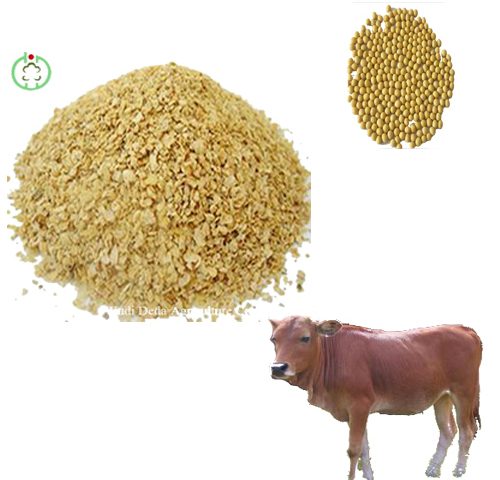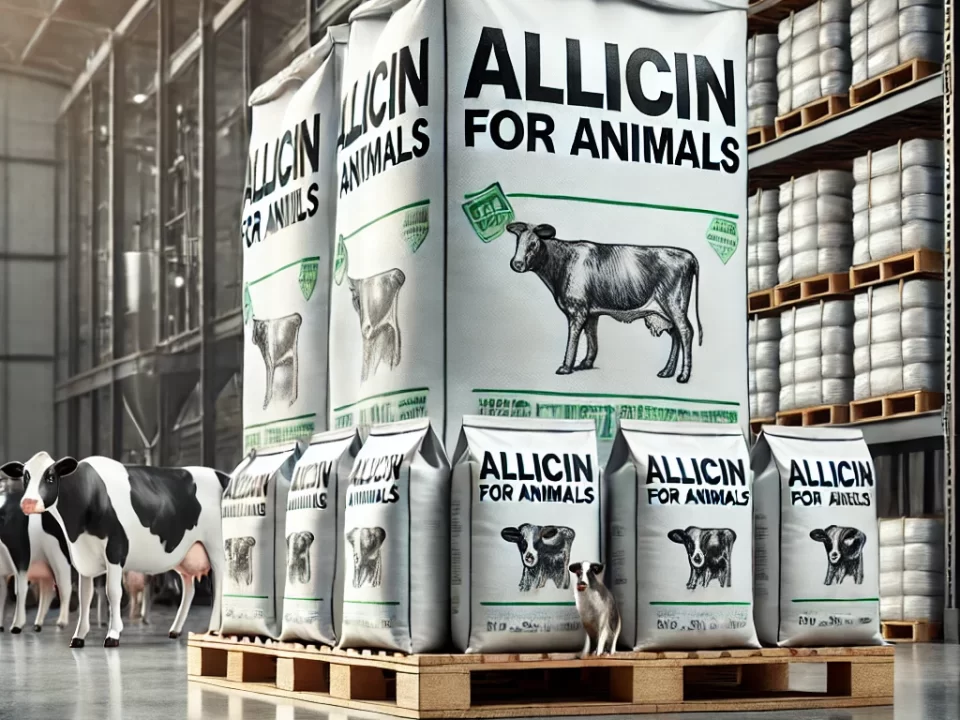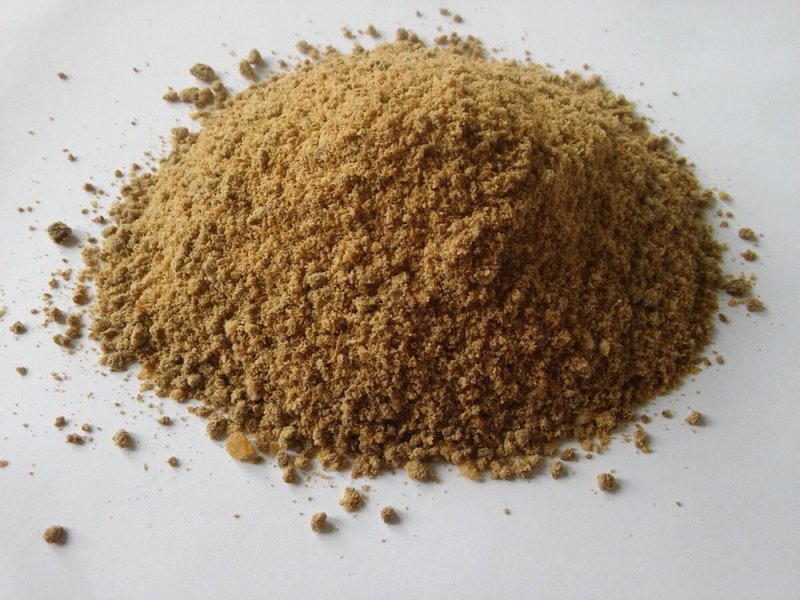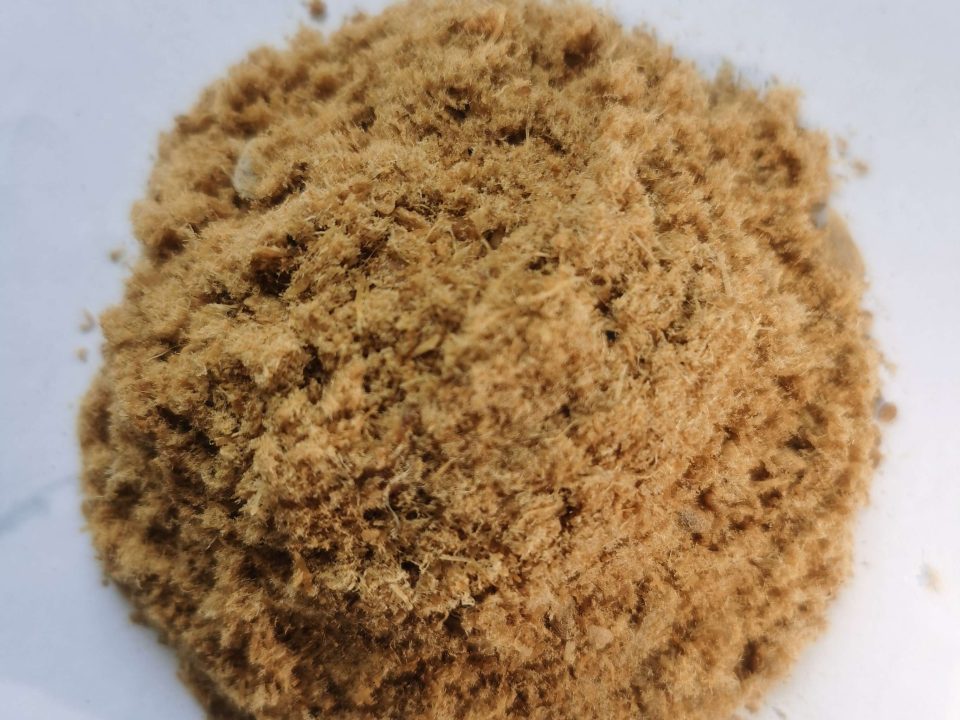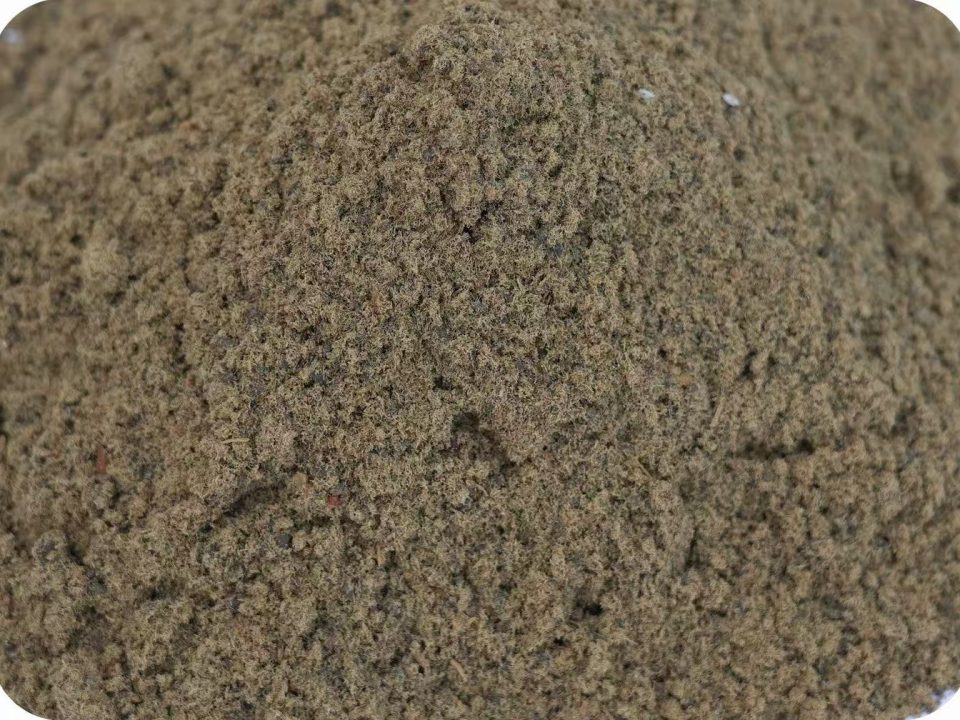Technological process of solid state fermented soybean meal

Fermented soybean meal feed
February 20, 2018
Feed Grade Pure Garlic Extract Powder
February 22, 2018Technological process of solid state fermented soybean meal
Microbial fermentation of soybean meal using bio-fermentation engineering
technology, through the fermentation process of microorganisms secreted by the
enzyme in the soybean meal part of the protease solution to the molecular weight
of more than 3000 of the soybean peptide.
Fermentation selection of strains used more lactic acid bacteria, yeast,
bacillus and other bacteria.
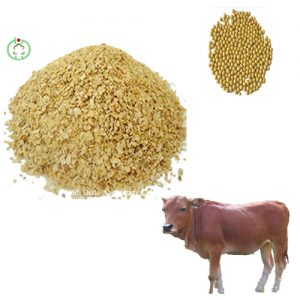
Production process of soybean meal by solid state fermentation The fermentation
process is divided into aerobic fermentation and anaerobic fermentation. In the
early stage of fermentation, aerobic fermentation was used to promote the growth
of aerobic microorganisms such as bacillus and yeast, while the production of
bacillus and yeast produced a large number of bioactive products such as enzymes
and vitamins, which promoted the growth of lactic acid bacteria. Later anaerobic
fermentation promotes the proliferation of lactic acid bacteria and produces a
large amount of lactic acid. The microbes are forced to dissolve under anaerobic
conditions, and the intracellular enzymes and other bioactive components in the
cells secrete.
Enzymatic hydrolysis of protease occurs during anaerobic fermentation and
produces aromatic substances.
Combined with the advantages and disadvantages of aerobic fermentation and
anaerobic fermentation, the combination of the two for fermented soybean meal
can basically reach the following indexes: The small peptides produced by
fermentation enzymes accounted for 30% of the content of crude protein in
soybean meal, and accounted for 10% of the finished product. Compared with
enzymatic hydrolysis, fermented soybean meal greatly improved the flavor, and
produced a large number of bioactive components, but the molecular weight in the
5000~1 million, belong to polypeptide category, from soybean peptides, small
peptide physiological activity, easy absorption distance is very large, so the
cost is relatively low.
Therefore, more and more scholars and researchers study the fermentation of
soybean meal by solid-state fermentation.
Present situation and application prospect of solid state fermented soybean meal
After the soybean meal was processed by biological fermentation, all kinds of
antigen components and nutrition factors were reduced effectively, and the
protein in soybean meal was decomposed into a lot of small peptides. This kind
of antigen-free plant small peptide has high absorption rate, which can be used
as a good protein source for weaned pigs, juveniles and shrimp crabs, especially
for many high-grade economic animals.
The popularization and application of this product will greatly reduce the feed
industry’s dependence on fish meal and other animal feed, save a lot of foreign
exchange for importing fishmeal, and promote the technological progress of feed
industry, and produce huge economic benefits. Because the digestive enzyme
system of calves (especially for early weaning animals) is not fully developed,
the digestion ability of plant protein is weak. Soybean peptide is rich in many
small peptides, can be directly absorbed by animals, and soy peptide antigen is
low, calves use after the probability of allergic reaction is greatly reduced.
Using many strains, many Mr Wen, the application of fermented soybean meal
fermented by multiple fermentation technology in aquatic feed can obviously
inhibit the occurrence of digestive tract disease, improve the immunity of
animal organism, promote animal growth, reduce the dosage of vaccine and
antibiotics, improve the survival rate of aquatic animals, and reduce the
environmental pollution.
Social and ecological benefits are obvious.
As a substitute of plasma protein powder, soybean peptide can be substituted for
the white fish meal in the artificial feed of Chinese soft-shelled turtle and
eel, and there is no significant difference of daily average increasing mass
rate, feed coefficient and specific growth rate.
Problems in the promotion of fermented soybean meal in feed From the current
domestic market, the production of fermented soybean meal is still in the
research and trial-production stage, the domestic has not formed large-scale
commercial manufacturing.
At present, the application of the promotion of the following major problems.
Study on factors influencing the effect of soybean peptide Although many studies
have confirmed that soybean peptide can improve the growth rate of livestock and
poultry, improve feed utilization, but the absorption and utilization of soybean
peptides will be affected by a variety of factors. The main ingredient of soy
peptides is small peptides, like other small peptides. Therefore, the effect of
soybean peptide digestion and absorption will be affected by animal factors
(such as animal species, age and physiological stage, etc.), dietary protein
content and quality, the physical and chemical properties of soybean peptide and
the amount of soybean peptide and other factors. Now, there is not a relatively
extensive research on the factors affecting the effect of soybean peptide and
the solutions.
The further research is the precondition and guarantee of the application of
soybean peptide in feed.
Potential toxicity problems Soybean and fermented soybean products have been
consumed for thousands of years without obvious side effects. Peptides are
generally produced during digestion of gastrointestinal proteins, and the
probability of releasing toxic peptides from the digestive process is very
small, and there is no report of toxic peptides.
But the production of soybean peptide involves the production process and
fermentation, the bacteria and enzymes selected by enzymatic hydrolysis, and its
safety should be paid attention to.
Conclusion As a new industrial feed after feed and puffed feed, fermented
soybean meal feed will be popularized, it can avoid the problems such as feed
pollution, high energy consumption of residue and puffed feed and damage of high
temperature and high pressure on feed nutrients, and win people’s favor with
good quality, high nutritive value and low price. …


